Picture this for a minute…
You’ve just stepped onto the pitch via a substitution and you’re thrust straight into the action, with a soccer ball rolling towards you.
Once you’ve managed to find the correct posture and approach, you deliver a powerful shot that forces a good save out of the opposition goalkeeper.
But in the aftermath of that shot attempt, you begin to feel a throbbing pain on the foot that you used to kick the ball.
Which brings me to today’s topic of discussion on why soccer balls are so hard.
To put this as succinctly as I can…
Soccer balls are hard to feel mainly because of the tightly packed air molecules that exist within them, which come as a result of these objects being fully inflated with air pressure.

Want to test your knowledge on soccer ball care?
Take the quiz by clicking the button below and see just how informed you truly are!
Note - You'll need to enter your email address to see the final results.



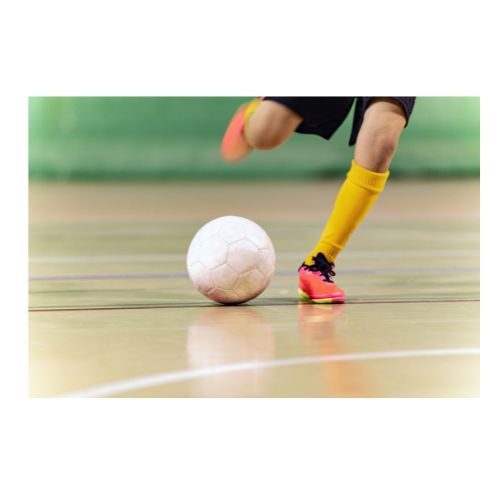



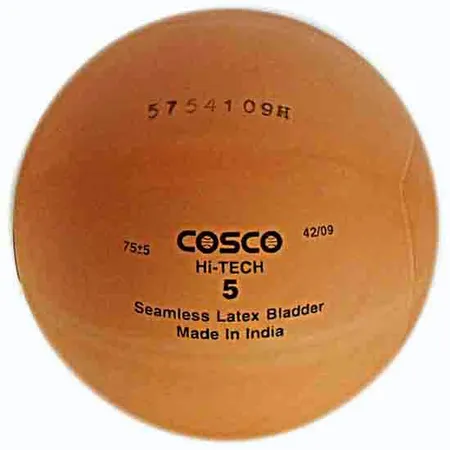
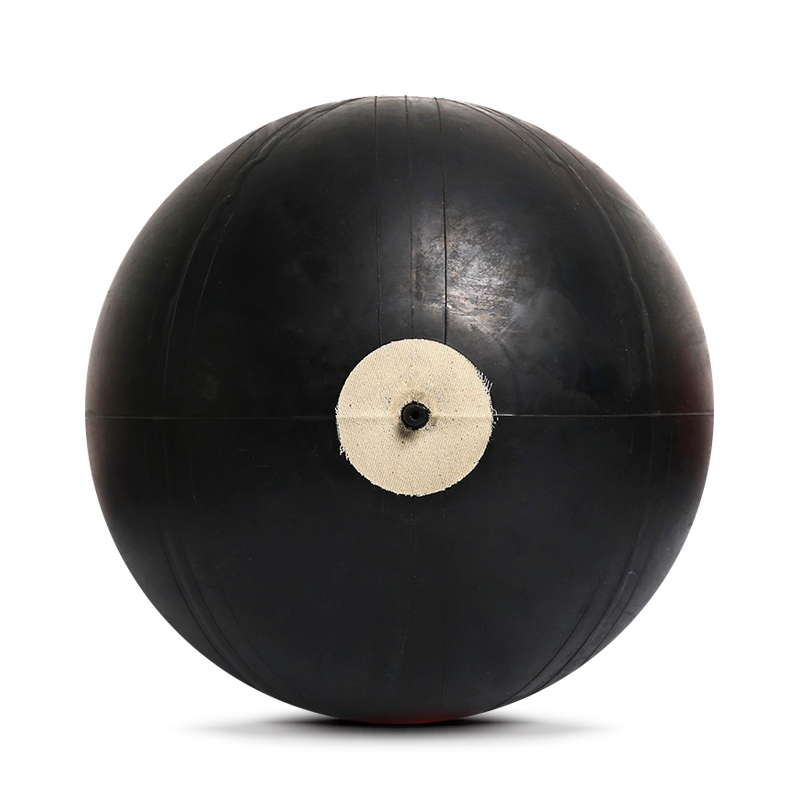







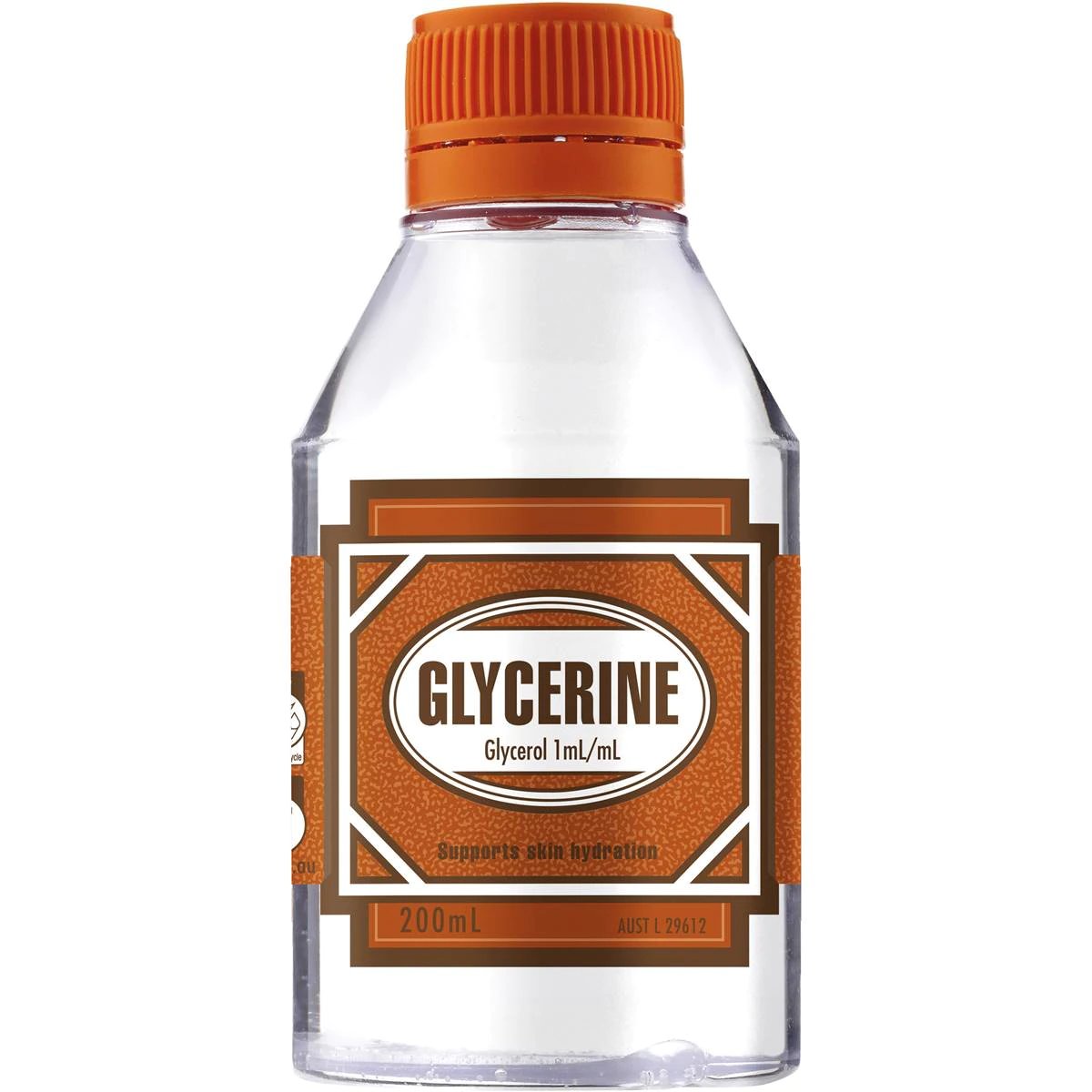
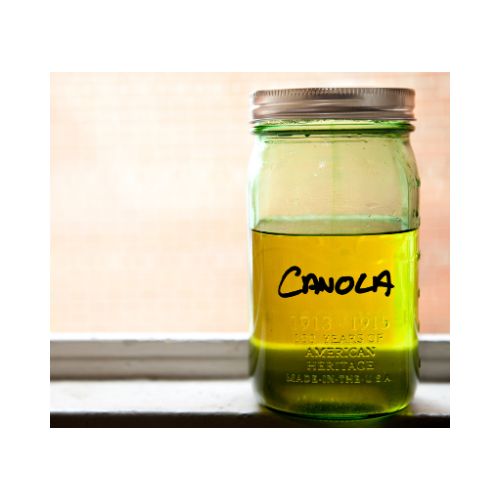



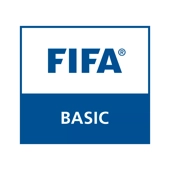


Now let me explain this in more detail…
Reasons why soccer balls are hard
The very best soccer balls are made to meet certain specifications, and the fact that they sometimes feel hard to kick or head is as a result of the way that they are constructed.
1. Air molecules

Without air pressure, soccer balls would not possess the ability to bounce.
Also think about how a soccer ball would travel if it wasn’t sufficiently inflated.
It would probably lack the aerodynamism to shift so quickly in the air and across great distances.
This is why soccer balls are inflated with enough air, as the pressure gives them their typical spherical shape which significantly aids their overall movement.
Of course, the by-product of being inflated with air pressure is that they become harder to the touch.
You see, solids in general have a tight intermolecular arrangement.
This means that there is little to no room for the constituent particles to move around.
As a soccer ball is inflated, more and more air molecules round out the object.
Eventually, a limit is reached where the ball is packed with millions of air molecules that have no space to move, and this is what causes the ball to have a very firm feel.
2. Outer ball material
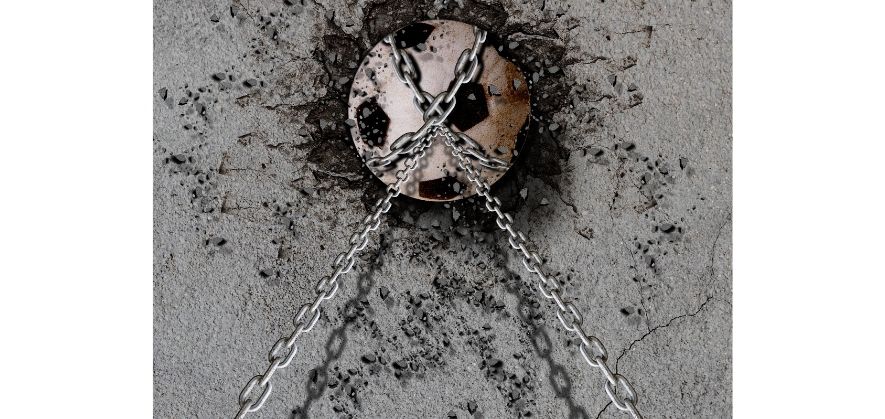
The outer cover of a soccer ball also has a role to play here.
I’ll give an anecdotal example.
When I was little, I always used to dislike playing with Mitre soccer balls because they were so heavy and hard to kick.
I would always brace myself before I kicked them by curling my foot in the way that a turtle defends itself by withdrawing into its shell.
Even this website shares my sentiment on Mitre soccer balls, as the author reminisces a time when these balls separated the men from the boys on the pitch, based on who could withstand the pain that came from playing with them!
Also, the former Leicester City and Arsenal footballer Alan Smith happens to know exactly what I’m talking about:
Because the outer material is the part of the ball that a player connects with when they kick or head it, they are able to attribute the subsequent feeling that is brought about by the action – be it pleasant or uncomfortable – towards that very component.
It’s also important to point out that in the olden days, soccer balls felt very abrasive due to the fact that they were made from synthetic materials for waterproofing and enhanced durability.
Just imagine how referees hit by soccer balls have felt over all these years!
But things have changed from then, as the soccer balls of today are much softer and sponge-like.
Should a soccer ball be hard or soft?
Now, a good question to ask is whether a soccer ball should fall into the hard or soft category of solids.
And I’m going to say neither.
You’re probably wondering why, right?
Well, it’s important for soccer balls to have balance.
If they’re too hard because of being overinflated, then they will cause body pain for the athletes that kick them and head them during a match.
These days there’s increased media spotlight on the fact that heading soccer balls over a long period of time (i.e. a professional playing career) leaves participants more susceptible to concussions as well as developing serious brain damage further down the line.
On the other hand, if a soccer ball is too soft it won’t bounce optimally and it will not travel over long distances, nor in a player’s intended direction.
More so, inflating a ball to the correct pressure level helps with its overall longevity.
How hard should a soccer ball be?
Different soccer balls come in different sizes and, with each size comes a recommended amount of air pressure.
Take a look at this soccer ball psi chart that I crafted up, as it indicates the approximate amount of air pressure you need to inflate your ball to:
| Ball Size | Recommended psi | Use Case |
|---|---|---|
| Size 1 | Less than 6 | Toddlers and kids |
| Size 2 | Less than 6 | Kid play |
| Size 3 | 6 to 8 | Casual kickabouts |
| Size 4 | 8.5 to 11.6 | Training games and futsal |
| Size 5 | 8.5 to 15.6 | Professional match standard |
How do you soften a soccer ball?
You may encounter a scenario where you have a soccer ball that is just too hard.
Not only is this dangerous for you as it could cause injury to certain areas of your body as a player, but it could also have external consequences too.
If you play the sport within a residential neighbourhood, there’s a good chance that an errant shot could damage a car or even break a window!
So, you’ll definitely want to know how to soften a soccer ball to try and avoid any of the aforementioned outcomes becoming a reality.
A soccer ball is softened by deflating it.
The good thing here is that this a very easy process to master.
You’ll simply connect the pump needle that you insert into the ball valve opening for inflation and finally wait a few seconds for the air pressure to be gradually let out.
Remember, the aim here is not to completely deflate the ball.
You’re simply softening it by letting out a little bit of air.
On the off chance that you manage to release too much air, you can simply re-inflate it again with your pump to a level of firmness that you feel is comfortable.
Check out the video below which goes through the entire soccer ball deflation procedure:
Conclusion
That marks the end of the article on this topic.
As a reminder…
Soccer balls are hard objects due to a combination of the air pressure that is used to fill them up, as well as their outer casings which are partially designed with durability in mind.
If you enjoy the content that I create and would like to buy me a coffee, then I’d really appreciate it!
Any money that I earn through this donation will be re-invested into more content for this website.
Additionally, by sending in a donation you’ll also receive a copy of my recently released 190+ page eBook on Soccer Ball Care, as well as be subscribed to our mailing list where you’ll be regularly informed on the latest developments concerning the Soccer Whizz blog.
- Future Icons: Europe’s Emerging Midfield Maestros Set for Glory - December 4, 2023
- Kickstarting a Revolution: How Soccer Transformed the United States Over the Last Four Years - October 7, 2023
- 4-1-4-1 Soccer Formation [Analysis] - September 23, 2023

